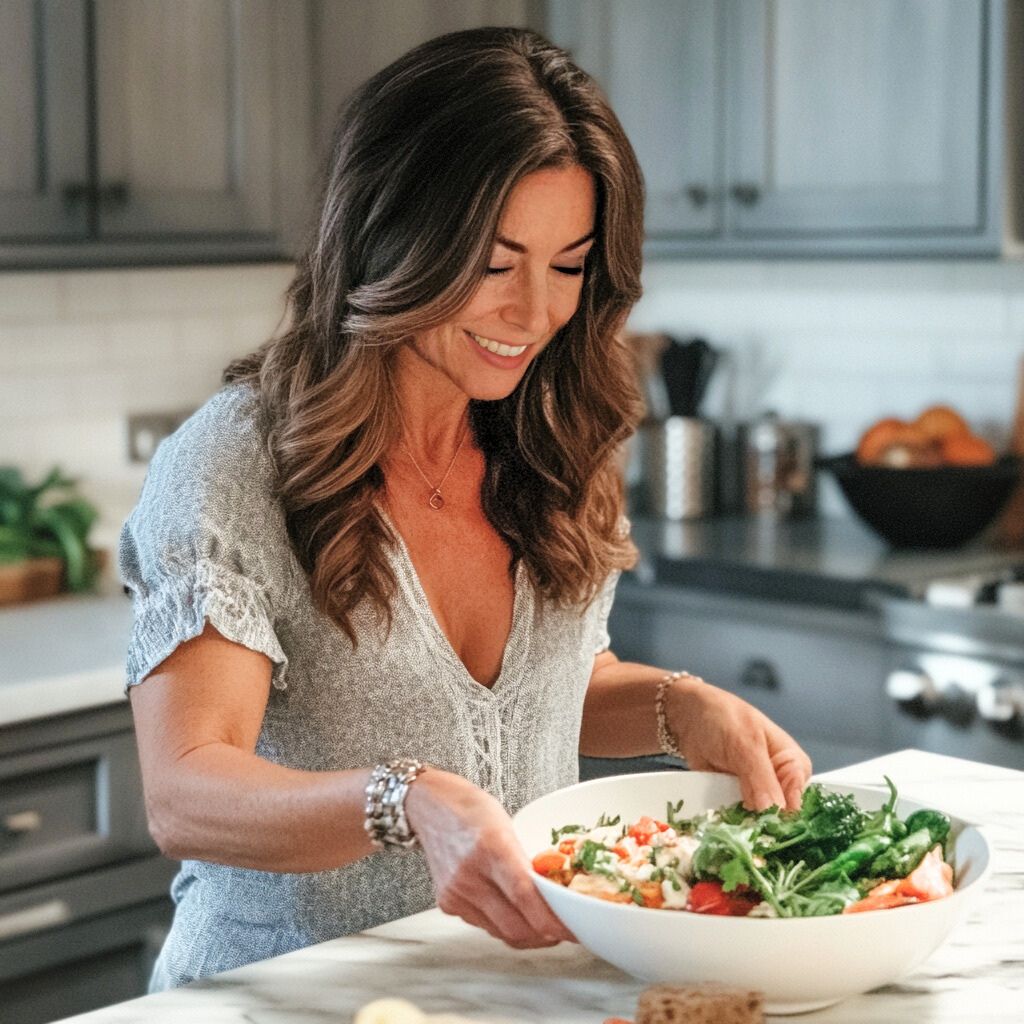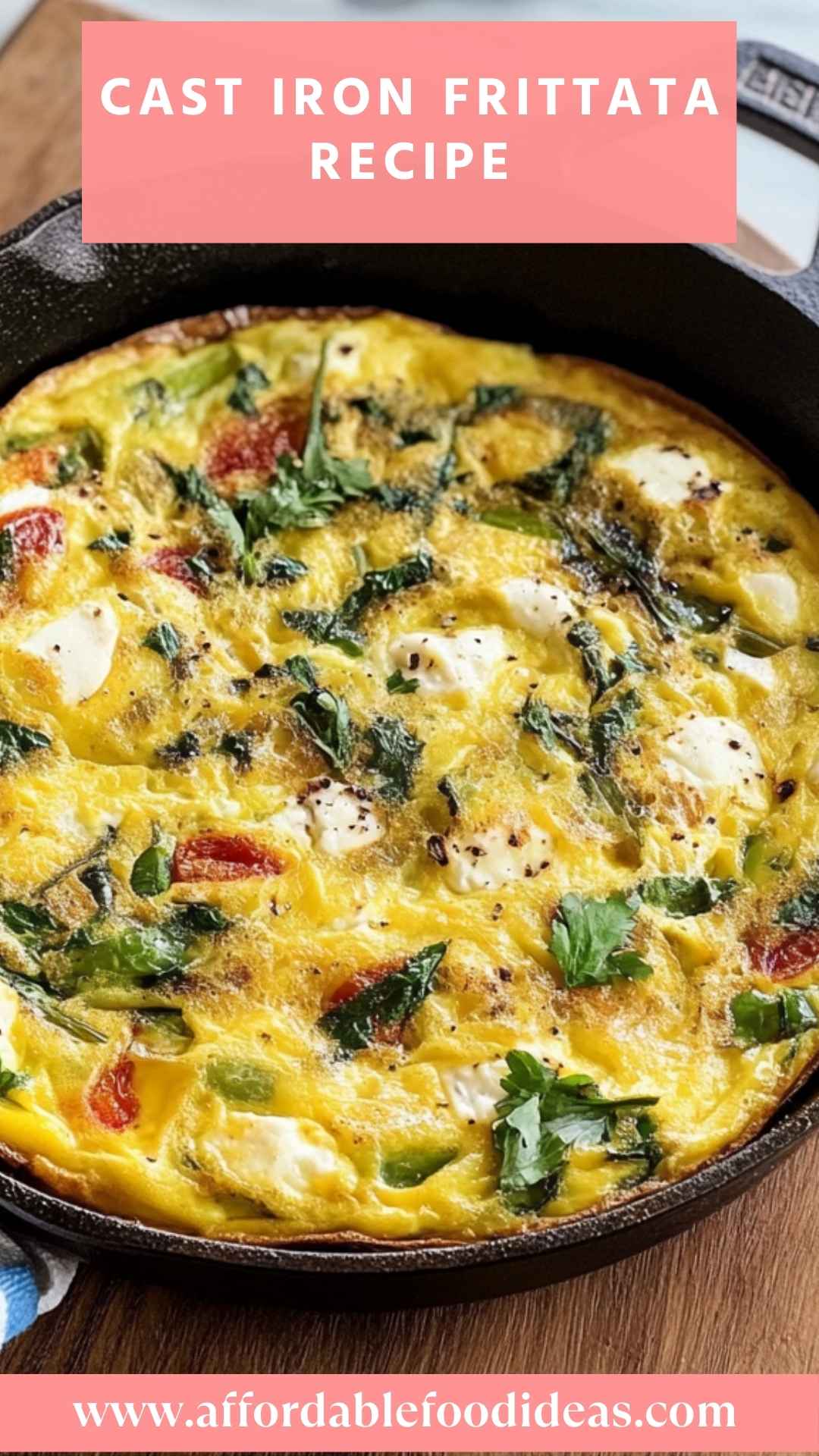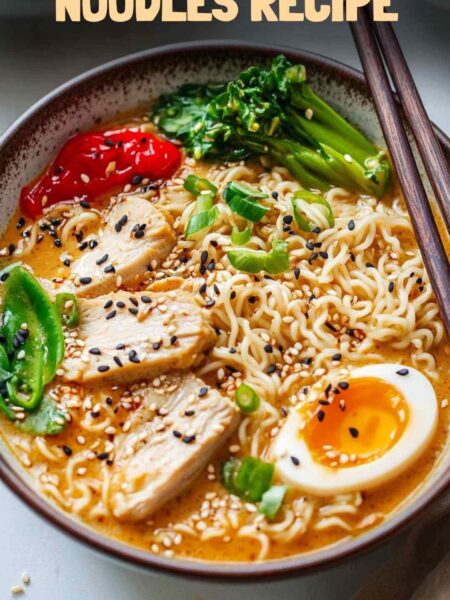When it comes to creating a delightful bowl of gluten-free ramen, the toppings and sides can make all the difference. One great addition is savory tofu.
Marinated and pan-fried tofu adds both texture and a protein boost to the dish. Simply toss cubed tofu in soy sauce and sesame oil, then cook until golden brown to achieve a delicious flavor.
Next, consider incorporating fresh veggies like bok choy, carrots, or spinach. Not only do they add a vibrant pop of color, but they also contribute nutrition and crunch. You can either cook them briefly in the broth or add them raw to maintain their freshness.
For an extra touch of indulgence, soft-boiled eggs are a must. When you cut into them, the yolk flows over the noodles, creating richness and depth of flavor.
Lastly, if you’re craving a bit of heat, spicy jalapeños are a fantastic choice. Sliced jalapeños will bring the perfect kick, making the ramen even more exciting and flavorful.
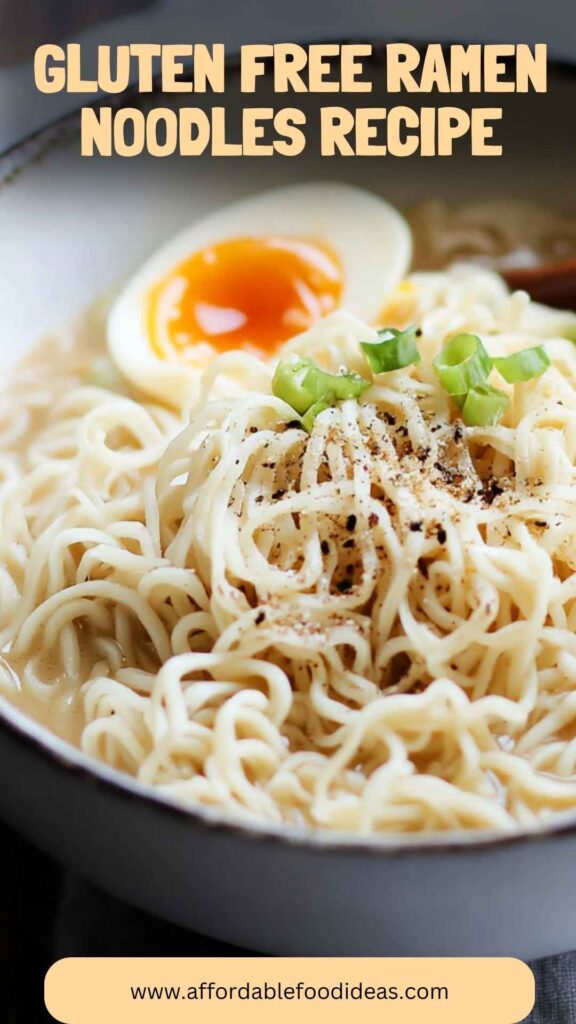
What Are Gluten-Free Ramen Noodles?
Gluten-free ramen noodles are a versatile alternative to traditional wheat ramen. Made from rice or other gluten-free grains, these noodles provide the perfect base for flavorful broths and toppings.
They soak up flavors beautifully and have a satisfying chew. Whether you’re following a gluten-free diet out of necessity or choice, these noodles ensure you never miss out on a delightful ramen experience.
What Does It Taste Like?
The taste of gluten-free ramen noodles can vary based on the ingredients used. Generally, you can expect a subtly sweet flavor due to the rice. When combined with rich broth and hearty toppings, the taste experience transforms into something savory and satisfying.
The noodles often have a slightly different texture compared to wheat noodles—perhaps a bit softer but still enjoyable.
Why This Recipe Works
This gluten-free ramen recipe isn’t just a random thought; it’s a blend of flavor, nutrition, and satisfaction. Here are several reasons why this recipe works well:
1. Nutritional value: The use of fresh vegetables and broth creates a nutrient-packed meal. You get vitamins, minerals, and proteins in one bowl.
2. Quick and simple: The recipe can be prepared in under 30 minutes. Perfect for those weeknights when you want something hearty without spending hours in the kitchen.
3. Flavor fusion: By incorporating soy sauce, ginger, and miso paste, the flavor profile achieves depth. Each ingredient plays its part, making this not just a meal but a culinary experience.
4. Customizable: You can easily modify this recipe based on your preferences. Whether you want it spicier, sweeter, or with a different protein source, the options are limitless.
Ingredients for Gluten-Free Ramen Noodles
- 1 cup reduced-sodium broth (chicken or vegetable)
- 1 cup plain, unsweetened soy milk
- 1 cake gluten-free rice noodles (prepared as per package directions)
- 1 teaspoon toasted sesame oil
- 1 tablespoon rice wine vinegar or mirin
- 1 green onion, sliced
- ½ teaspoon fresh garlic, finely chopped
- ½ teaspoon freshly grated ginger
- 2 tablespoons gluten-free tamari, soy sauce, or coconut aminos
- 1 teaspoon miso paste
- 1-2 teaspoons chili paste or sriracha
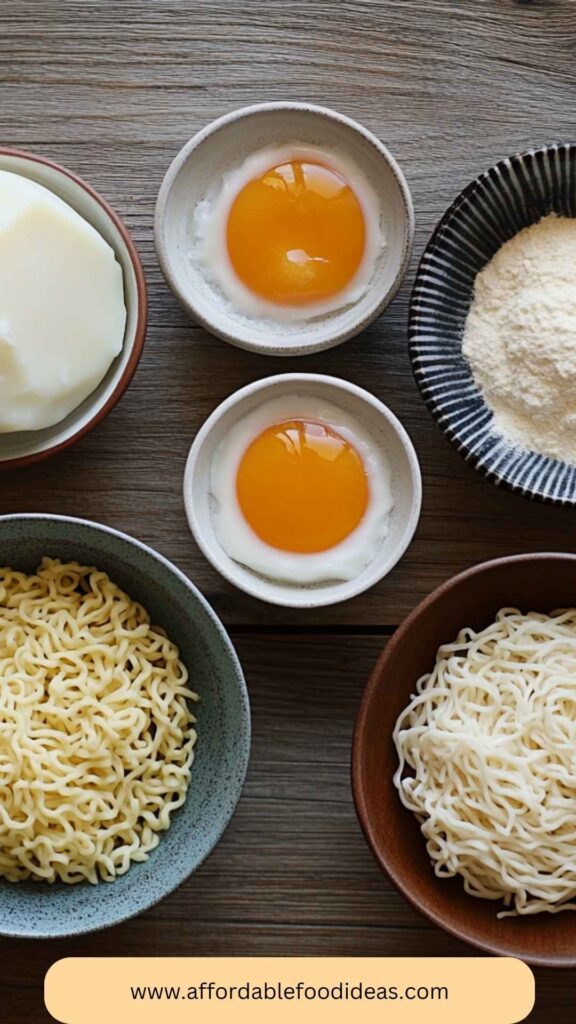
Step-by-Step Instructions
Step 1: Prepare the Noodles
Begin with preparing the gluten-free rice noodles. Follow the package instructions for perfect texture. Usually, this involves boiling water, adding the noodles, and cooking them for several minutes. Drain and set aside.
Step 2: Make the Broth
In a medium pot, combine the reduced-sodium broth and soy milk. Heat over medium until steaming, stirring occasionally. This adds richness and depth to your ramen.
Step 3: Flavor the Broth
Add the toasted sesame oil, rice wine vinegar, garlic, ginger, and miso paste to the pot. Continue heating for another 5 minutes, allowing the flavors to meld together.
Step 4: Combine Noodles with Broth
Carefully add the cooked noodles to the broth mixture. Stir gently to ensure the noodles soak up all that delicious flavor.
Step 5: Serve with Toppings
Pour your ramen into bowls. Top with sliced green onion, a dash of chili paste, and those lovely toppings you prepared earlier. Enjoy every bite!
Notes
- Don’t overcook the noodles: Follow the package instructions for exact cook times, as gluten-free noodles can become mushy quickly.
- Broth variations: Feel free to experiment with different broth bases, such as bone broth or vegetable stock for varying flavors.
- Storage tip: If you plan to make this dish ahead, keep the broth and noodles separate until serving to maintain texture.
- Protein options: Add some chicken, beef, or shrimp for a heartier meal.
- Taste before serving: Adjust the seasoning to your liking! More soy or a splash of vinegar can elevate the taste.
How to Store Leftovers
Store any leftover broth and noodles separately in airtight containers. The broth will keep in the refrigerator for up to 4 days, while the noodles can last for about 2-3 days. Reheat and combine when ready to enjoy again.
Sides for Gluten-Free Ramen Noodles
Pair your ramen with sides to create a well-rounded meal. Here are some ideas:
1. Edamame: Steamed and sprinkled with sea salt, these young soybeans make a great appetizer.
2. Seaweed Salad: The salty flavor of a seaweed salad complements the noodles well and adds a refreshing twist.
3. Spring Rolls: Fresh spring rolls filled with veggies are a light and crunchy side, perfect for dipping.
4. Pickled Vegetables: A side of tsukemono (Japanese pickles) adds tangy crunch and offsets the savory notes of ramen.
Alternative Choices for Ingredients
If you find yourself lacking certain ingredients, here are several alternatives:
1. Broth: If you don’t have broth, water with bouillon cubes works too!
2. Soy Milk: Almond milk or oat milk can be good substitutes for soy milk.
3. Tamari/Soy sauce: In a pinch, coconut aminos work as a great soy sauce alternative.
4. Miso paste: If you can’t find miso, use a bit of tahini for a different creaminess.
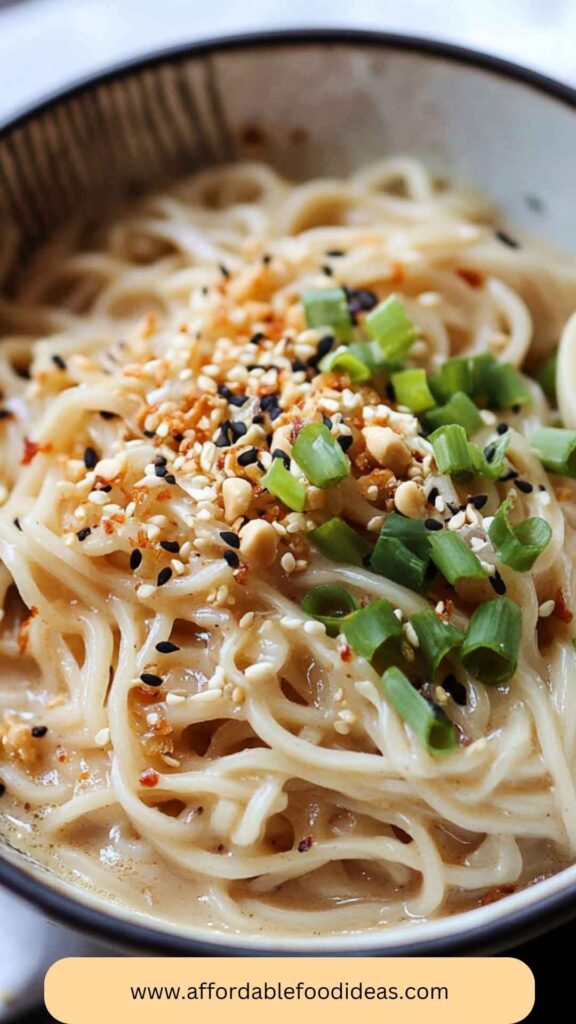
Conclusion
Gluten-free ramen noodles open the door to a world of flavor without sacrificing dietary needs. With just a few simple ingredients and steps, you can whip up a heartwarming bowl of comfort food.
Whether you’re studying, working from home, or just craving something delicious, this ramen recipe is here to satisfy. Enjoy the creativity of pairing toppings and sides, and dive headfirst into your next culinary adventure!
Happy slurping!
You’ll also like the following recipes!
Gluten Free Ramen Noodles Recipe – Affordable Food Ideas
Let’s talk ramen! A steaming bowl of noodles with savory broth can create comfort and joy in any setting. But what if you follow a gluten-free diet?
The good news is that gluten-free ramen noodles are not just an option; they can be downright delicious! Join me on a culinary adventure where I whip up a delightful gluten-free ramen dish that will please your taste buds and warm your soul.

Ingredients
Instructions
Step 1: Prepare the Noodles
-
Begin with preparing the gluten-free rice noodles. Follow the package instructions for perfect texture. Usually, this involves boiling water, adding the noodles, and cooking them for several minutes. Drain and set aside.
Step 2: Make the Broth
-
In a medium pot, combine the reduced-sodium broth and soy milk. Heat over medium until steaming, stirring occasionally. This adds richness and depth to your ramen.
Step 3: Flavor the Broth
-
Add the toasted sesame oil, rice wine vinegar, garlic, ginger, and miso paste to the pot. Continue heating for another 5 minutes, allowing the flavors to meld together.
Step 4: Combine Noodles with Broth
-
Carefully add the cooked noodles to the broth mixture. Stir gently to ensure the noodles soak up all that delicious flavor.
Step 5: Serve with Toppings
-
Pour your ramen into bowls. Top with sliced green onion, a dash of chili paste, and those lovely toppings you prepared earlier. Enjoy every bite!
Nutrition Facts
Servings 1
- Amount Per Serving
- Calories 423kcal
- % Daily Value *
- Total Fat 22.9g36%
- Saturated Fat 11.4g58%
- Cholesterol 64mg22%
- Sodium 2354mg99%
- Total Carbohydrate 30g10%
- Dietary Fiber 2g8%
- Sugars 24g
- Protein 26g52%
* Percent Daily Values are based on a 2,000 calorie diet. Your daily value may be higher or lower depending on your calorie needs.
Note
- Don’t overcook the noodles: Follow the package instructions for exact cook times, as gluten-free noodles can become mushy quickly.
- Broth variations: Feel free to experiment with different broth bases, such as bone broth or vegetable stock for varying flavors.
- Storage tip: If you plan to make this dish ahead, keep the broth and noodles separate until serving to maintain texture.
- Protein options: Add some chicken, beef, or shrimp for a heartier meal.
- Taste before serving: Adjust the seasoning to your liking! More soy or a splash of vinegar can elevate the taste.

